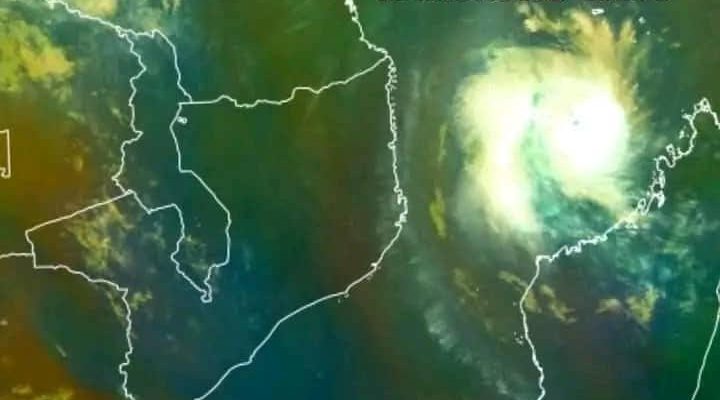
Cyclones, or tropical storms, are some of the most powerful natural phenomena, capable of causing widespread destruction. However, while their devastating impacts often dominate the headlines, one aspect of these storms that frequently goes unnoticed is how they are named.
In this article, we explore who gives cyclones their names, using the recent case of Cyclone Chido as a focal point.
Cyclones are named to ensure effective communication during warnings and alerts. A name helps authorities, meteorologists, and the public differentiate between storms that are happening at the same time or in different regions.
Without names, it would be difficult to track and warn about multiple storms in one season, particularly when they move through different countries or regions.
Cyclones are typically named by regional meteorological bodies. In the case of cyclones affecting Southern Africa, such as Cyclone Chido, the responsibility lies with the South-West Indian Ocean Tropical Cyclone Committee (SWIOCTC).
This committee is made up of representatives from several countries, including Mauritius, Madagascar, Mozambique, Seychelles, South Africa, and others in the region. The committee ensures that the naming process is systematic and avoids confusion.
The naming of cyclones follows a predetermined list of names that are agreed upon by the member states of the committee. Each year, countries contribute names to the list, and the list is rotated. The names are typically simple and easy to remember, often consisting of short, common names.
The committee also ensures that the names are culturally appropriate for the region. The names are selected in advance, so when a cyclone forms, it is given the next available name in the rotation.
Once a cyclone is strong enough to be classified as a tropical storm or cyclone, it is assigned a name from the list. The naming process helps to avoid confusion when multiple storms occur simultaneously, especially in regions like the Indian Ocean, where numerous cyclones can form throughout a season.
Cyclone Chido, which recently made headlines, is a perfect example of how the naming system works. As the storm moved across the Indian Ocean, it was named “Chido” according to the list of names agreed upon by the Southern African meteorological bodies. The name, like others in the rotation, was selected based on cultural relevance and ease of communication.
Chido, a relatively common name in some African cultures, was chosen because it represents a human touch, ensuring that the storm’s impacts and responses are communicated clearly and efficiently.
The name Chido, as it began to strengthen and move toward land, captured the attention of millions across Southern Africa, and its progress was tracked with urgency.
The practice of naming cyclones goes beyond just identification. It plays a crucial role in disaster management and public awareness. Cyclones can be unpredictable and often change course suddenly. By giving each cyclone a distinct name, governments and meteorological agencies can issue warnings that are easier to understand and remember.
When Cyclone Chido emerged, for example, it allowed the affected nations to mobilize resources, coordinate relief efforts, and make public announcements using a name that everyone could recognize.
It also helped ensure that media outlets, weather stations, and international organizations were all on the same page, conveying vital information about the storm’s path and intensity.
Additionally, naming cyclones creates a sense of urgency, which can prompt people to take the necessary precautions before the storm hits. It’s easier for a population to respond to “Cyclone Chido” than to a nameless storm. This heightened awareness is crucial for saving lives and minimizing damage.
Cyclone Chido’s journey through the Indian Ocean underscores the vital role that naming storms plays in effective communication and disaster management. The process of naming cyclones, managed by meteorological bodies like the South-West Indian Ocean Tropical Cyclone Committee, helps ensure clarity and efficiency when tracking and responding to storms.
As we saw with Cyclone Chido, a name carries with it not just the power of identification, but also the weight of preparation, coordination, and action. The next time a cyclone forms, we will be reminded that behind each name lies a system designed to protect and inform, with the ultimate goal of safeguarding lives and property.














